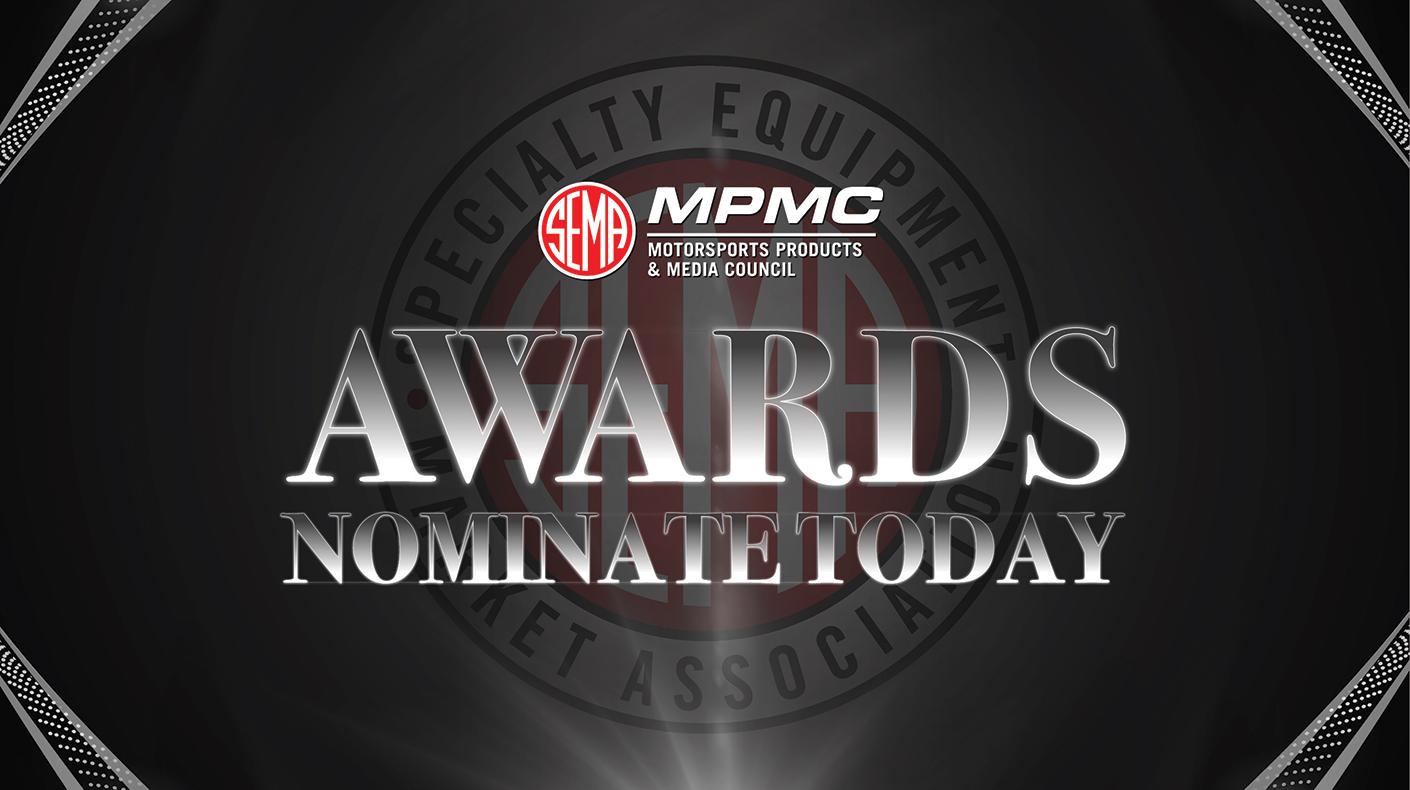The European Commission has proposed new tire-labeling requirements which would require manufacturers to provide consumers with a grading system measuring three tire characteristics: fuel efficiency, wet grip and noise. This information would be required to be affixed onto the tire (in the form of a sticker) and to be included in all of the manufacturer’s printed and online marketing pieces and website.
The directive, if passed, would cover C1, C2 and C3 tires (tires fitted on passenger cars, light- and heavy-duty vehicles). The drafters of the directive are pushing for this new labeling system to allow consumers to compare tires by using a system which grades the tires on fuel efficiency, wet grip and external rolling noise emitted.
The top ratings would be given an “A”—colored green for greatest efficiency—and run to “G,” which is color-coded red for least efficiency. The efficiency ratings will be accompanied by ratings for grip—also A to G—and noise level, indicated by decibels. This labeling system would be implemented by December 2012.
On a related topic, both the U.S. government and the state of California are pursuing tire fuel efficiency initiatives for tires produced in quantities beyond 15,000 units. Both programs would establish a fuel efficiency rating system and initiatives to provide consumer information through the tire retailers/dealers (similar to the process by which the Uniform Tire Quality Grading information is provided).
SEMA was successful in having a “limited production tire” exemption included in both the federal and California laws authorizing the programs. The exemption applies to tires of the same design and size which do not exceed 15,000 tires. SEMA will pursue a similar initiative in Europe.
The federal program will be operated by the National Highway Traffic Safety Administration (NHTSA). The agency is expected to initiate a rulemaking procedure in 2009. The California program is under the jurisdiction the California Energy Commission and the California Integrated Waste Management Board. The law went into effect this year but officials have yet to draft an implementing regulation.
The NHTSA program will not require tire marking requirements, although California officials have that option. SEMA is working with other industry associations to ensure that both programs are compatible and as user-friendly as possible for manufacturers, dealers and consumers. SEMA also reminds regulators and consumers to focus attention on other important concerns such as tire pressure, performance and handling, all of which have a direct correlation to tire fuel efficiency.
For more information, please contact Linda Spencer at lindas@sema.org.





